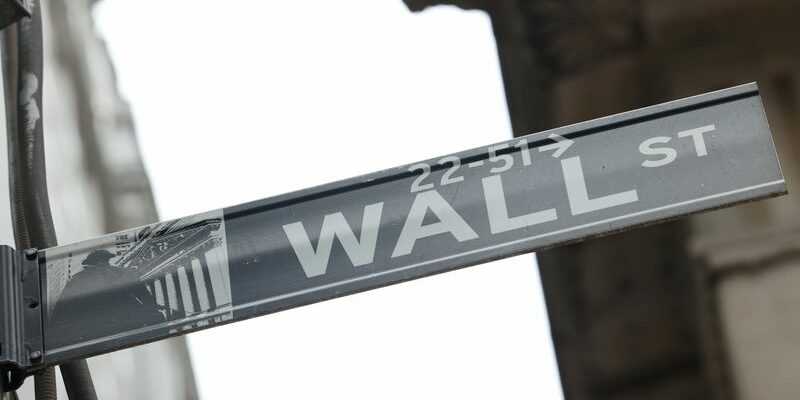This is exactly what hedge funds seem to be betting on, according to the Commodity Futures Trading Commission’s latest report on forward rate positioning.
Data for the week of May 17 shows that speculators reduced their net short position in three-month SOFR (Secured Overnight Financing Rate) contracts, the lowest in nearly two months, and maintained a net long position in contracts. fed funds term 30 days.
The change in positioning of SOFR futures contracts is very telling, especially in light of the broader trends underway in this market, one of the most accurate barometers of traders’ views on the trajectory of US interest rates over the next few months. years.
The funds reduced their net short position on three-month SOFR to 388,207 contracts from 460,721 the previous week. This is the smallest net short position in seven weeks, and a significant drop from the record high of over 600,000 contracts just a month ago.
417b4cb4-4628-40b6-9928-75f3119bf3863
The change is almost entirely due to a jump in longs rather than a hedge in shorts, suggesting that traders are starting to look beyond the aggressive tightening that is likely to occur this year, towards a possible easing next year.
A short position is essentially a bet that the price of an asset will go down, and a long position is a bet that it will go up. As far as rates are concerned, the implied yields fall when prices rise, and rise when prices fall.
Fed officials have stressed that they will continue to tighten policy until they believe their inflation targets are met, despite the economic “pain” this will cause.
The
SOFR market traders and funds are putting more of their eggs in this “pain” basket.
affb6724-499a-449b-b17e-98651e870c8d1 ea0d747d-cd45-46c7-87c1-038b6d9fa9a92
RATE CUTS ARE ENVISAGED FROM NEXT YEAR
First, the implied rates for next year have fallen sharply. The June 2023 contract now implies a fed funds rate of around 3%, almost half a percentage point lower than the peak on May 4, the day of the 50 basis point hike in the Fed rate. fed.
Second, the expected length of the Fed’s tightening cycle has shortened considerably. A few months ago, traders predicted that the Fed’s “final rate” would be reached in September of next year. Since then, that forecast has passed June, but now March is on the table.
The implied rate on SOFR futures from December 2023 fell to 2.80%, the lowest in almost 2 months. Relative to the maximum terminal rate expected in June, this implies an 80% chance that the Fed will cut rates in the second half of next year.
Even St. Louis Fed Chairman James Bullard, who wants rates to be raised to 3.5% this year, has said the Fed could cut them as early as next year if inflation is brought under control.
Fed officials and most economists continue to say there will be no recession. But the rapid tightening of financial conditions is starting to bite – the stock market is in turmoil, and Citi’s US Economic Surprise Index is now negative and at its lowest level in five months.
“We continue to believe that the tightening of financial conditions triggered by Fed policy will likely lead to a recession by the end of 2023,” Deutsche Bank analysts wrote on Friday.
Last week, Wells Fargo’s research service joined Deutsche in predicting a recession in the United States, but even earlier, at the end of this year.
51ba9e45-cf9f-4651-99e4-67514e57e11d4
Related chronicles:
–
If the Fed has to choose, markets could get much uglier (Reuters, May 20)
– Fed crosses fingers for recovery in 1994 as path to upside shortens (Reuters, May 5)
(The opinions expressed here are those of the author, columnist for Reuters).
